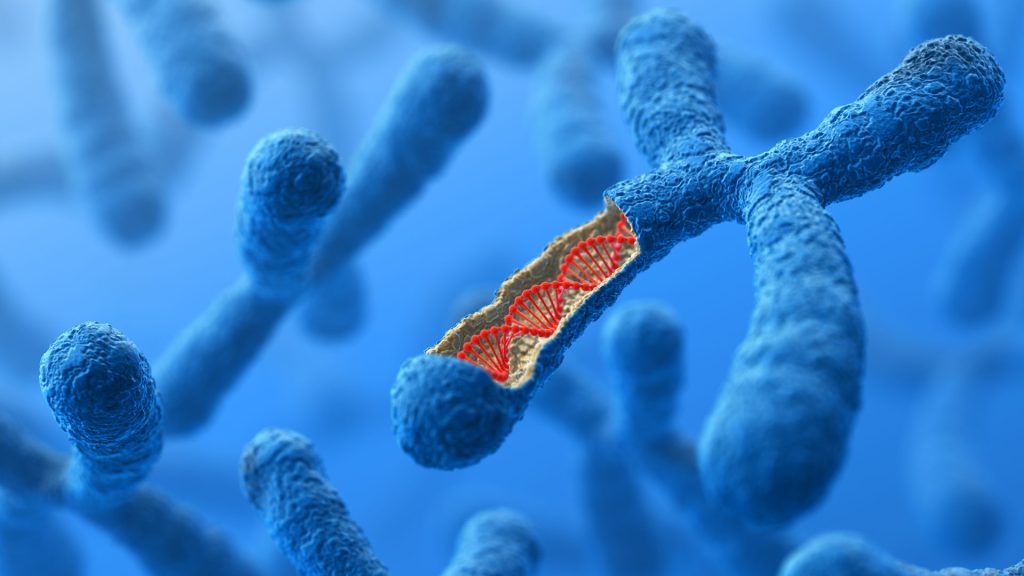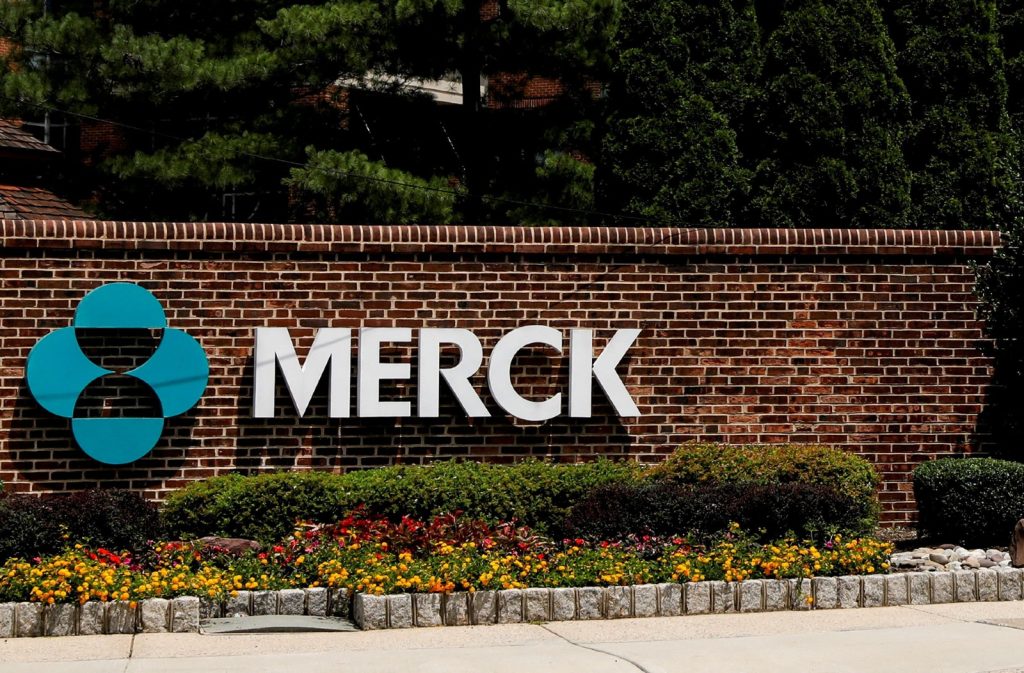- Phase 1 dose escalation study of FHD-286, a BRG1/BRM inhibitor, in metastatic uveal melanoma continues to progress with initial efficacy and safety data expected in the first half of 2023
- Phase 1 dose escalation study of FHD-609, a selective degrader of BRD9, in synovial sarcoma continues to progress with initial data on safety and clinical activity expected mid-2023
- Continue to advance preclinical pipeline targeting key regulators of gene expression, including Selective BRM, ARID1B, and CBP programs and other undisclosed targets, both independently and through our collaborations
- Foghorn anticipates at least six new INDs targeting significant oncology patient populations over the next four years, reflecting the continued productivity of its precision medicine platform
- Cash, cash equivalents and marketable securities of $373.5 million, as of September 30, 2022, provides significant cash runway into the second half of 2025
CAMBRIDGE, Mass., Jan. 09, 2023 (GLOBE NEWSWIRE) — Foghorn® Therapeutics Inc. (Nasdaq: FHTX), a clinical-stage biotechnology company pioneering a new class of medicines that treat serious diseases by correcting abnormal gene expression, today announced its strategic objectives for 2023.
“We enter 2023 positioned to advance our broad pipeline of clinical and preclinical precision medicines with multiple clinical study results, which have the potential to demonstrate that by targeting the chromatin regulatory system, it is possible to treat cancers in a fundamentally new way. These clinical results include the Phase 1 study evaluating FHD-286 in metastatic uveal melanoma, with initial data expected in the first half of 2023, and our FHD-609 Phase 1 program in synovial sarcoma, where we anticipate data in mid-2023,” said Adrian Gottschalk, President and Chief Executive Officer of Foghorn.
Mr. Gottschalk continued, “Foghorn is a leader in targeting chromatin biology, which has unique potential to address underlying dependencies of many genetically defined cancers. Both independently and with major pharmaceutical partners, we are advancing a robust pipeline with more than 15 programs in R&D aimed at BRM, CBP, ARID1B, and other chromatin regulatory targets – all of which could address significant unmet medical need in the treatment of cancer. Over the next four years, we anticipate the filing of at least six new INDs, reflecting the productivity of our precision medicine platform. This is all supported by our cash and equivalents position of approximately $373.5 million as of September 30, 2022.”
- FHD-286 mUM Update. The dose escalation Phase 1 study of FHD-286, an inhibitor of BRG1/BRM, in metastatic uveal melanoma (mUM) continues to enroll patients per protocol. Initial Phase 1 clinical data is expected in the first half of 2023.
- FHD-286 AML/MDS Update. In August 2022, the U.S. Food and Drug Administration (FDA) placed a full clinical hold on the Phase 1 dose escalation study of FHD-286 in relapsed and/or refractory acute myelogenous leukemia (AML) and myelodysplastic syndrome (MDS). The full clinical hold in the AML/MDS study is due to the observation of suspected fatal cases of differentiation syndrome that are believed to be associated with FHD-286. Differentiation syndrome is associated with AML/MDS therapeutics that induce differentiation, an effect that has been seen with, and is believed to be on-target for the proposed mechanism of action for, FHD-286. The Company anticipates providing clarity on the development path for FHD-286 in AML/MDS in the first half of 2023.
- FHD-609 Update. Patient enrollment is continuing in the Phase 1 dose escalation clinical study of FHD-609, a potent and selective heterobifunctional protein degrader of BRD9, being developed for the treatment of synovial sarcoma and SMARCB1-loss tumors, with initial efficacy and safety data expected in mid-2023.
- Pipeline Advancement. Foghorn continues to expand its platform and pipeline. The Company anticipates at least six potential new molecular investigational new drug applications (INDs) in the next four years. The Company continues to progress programs for multiple targets which include chromatin remodeling complexes, transcription factors, helicases, and chromatin binding proteins. High-value targets include Selective BRM, CBP, and ARID1B as well as other undisclosed targets.
- Strategic Collaborations. Foghorn continues to achieve its objectives within its two strategic collaborations with Loxo Oncology at Lilly and Merck by advancing novel oncology targets using Foghorn’s proprietary Gene Traffic Control® Platform.
- Strong Balance Sheet and Cash Runway. As of September 30, 2022, the Company had $373.5 million in cash, cash equivalents and marketable securities, providing cash runway into the second half of 2025..
About FHD-286
FHD-286 is a highly potent, selective, allosteric and orally available, small-molecule, enzymatic inhibitor of BRG1 and BRM, two highly similar proteins that are the ATPases, or the catalytic engines across all forms of the BAF complex, one of the key regulators of the chromatin regulatory system. In preclinical studies, FHD-286 has shown anti-tumor activity across a broad range of malignancies including both hematologic and solid tumors. To learn more about these studies, please visit ClinicalTrials.gov. (Link here for metastatic uveal melanoma and here for AML and MDS).
About Uveal Melanoma
Uveal (intraocular) melanoma (UM) is a rare eye cancer that forms from cells that make melanin in the iris, ciliary body and choroid. It is the most common eye cancer in adults. It is diagnosed in about 2,000 adults every year in the United States and occurs most often in lightly pigmented individuals with a median age of 55 years. However, it can occur in all races and at any age. UM metastasizes in approximately 50% of cases, leading to very poor prognosis.
About AML
Adult acute myeloid leukemia (AML) is a cancer of the blood and bone marrow and the most common type of acute leukemia in adults. AML is a diverse disease associated with multiple genetic mutations. It is diagnosed in about 20,000 people every year in the United States.
About FHD-609
FHD-609 is a potent, selective, intravenously administered protein degrader of BRD9, a component of the ncBAF complex. Preclinical studies have demonstrated tumor growth inhibition in synovial sarcoma, a cancer genetically dependent on BRD9. To learn more about this study, please visit ClinicalTrials.gov.
About Synovial Sarcoma
Synovial sarcoma is a rare, often aggressive soft tissue sarcoma that originates from different types of soft tissue, including muscle or ligaments. Synovial sarcoma can occur at any age but is most common among adolescents and young adults. It represents around 5-10% of all soft tissue sarcomas, with est. 800 new cases each year in the United States. Surgery remains the most effective treatment for synovial sarcoma, and there are limited therapeutic treatment options.
About Foghorn Therapeutics
Foghorn® Therapeutics Inc. is discovering and developing a novel class of medicines targeting genetically determined dependencies within the chromatin regulatory system. Through its proprietary scalable Gene Traffic Control® platform, Foghorn is systematically studying, identifying and validating potential drug targets within the chromatin regulatory system. The Company is developing multiple product candidates in oncology. Visit our website at www.foghorntx.com for more information on the company, and follow us on Twitter and LinkedIn.
Original news release here.




